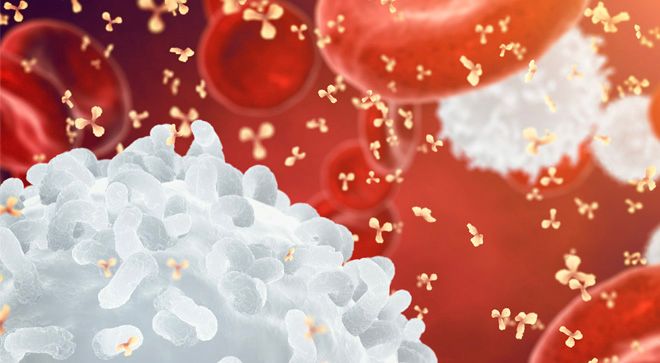Article
Emergence of Treatment Options in Mantle Cell Lymphoma Excites Many
Author(s):
An expert discusses the exciting approaches under investigation in mantle cell lymphoma and insight into where future research should focus.
With a variety of treatment options for mantle cell lymphoma (MCL) currently in clinical trials, the emergence of these effective agents has many excited, according to Dr. Ann S. LaCasce.
“There are some novel bispecific antibodies and other approaches in clinical trials as well that are likely to have good activity in MCL,” LaCasce, who is director of the Dana-Farber/Partners CancerCare Hematology-Medical Oncology Fellowship Program, institute physician at Dana-Farber Cancer Institute and associate professor of medicine at Harvard Medical School, said in an interview with OncLive — a sister publication of CURE’s. “The field is rapidly evolving in a very exciting way.”
Imbruvica
The “first real advance,” according to LeCasce, was in 2013, when the Food and Drug Administration (FDA) granted an accelerated approval to Imbruvica (ibrutinib for the treatment of patients with MCL who have received one or more prior therapies.
The agency based its decision on results from a phase 2 trial that showed an overall response rate (ORR) of 68%. However, its use was associated with bleeding and the risk of atrial fibrillation when evaluated in patients with chronic lymphocytic leukemia. “Because MCL is another disease that tends to affect our older patients, this can be quite problematic.”
Calquence
Next, in 2017, the FDA approved Calquence (acalabrutinib), an agent that has been shown to induce comparable overall response rates with potentially less risk for atrial fibrillation and bleeding.
“Therefore, we were, as a field, very happy with the approval of (Calquence),” LeCasce said, adding, however, that there is not much long-term follow-up done so far.
Venclexta
Lastly, Venclexta (venetoclax) has made headway in the MCL space showing an overall response rate of 75% at a median follow-up of 27 months, according to data from a dose-escalation phase 1 trial that had been presented at the 2018 ASH Annual Meeting.
Due to the promise of this Venclexta, it was also evaluated in combination with Imbruvica in a single-group phase 2 trial that has shown a complete response rate of 42% at week 16, compared with a historical result of 9% associated with Imbruvica alone.
“We need some ongoing studies to define whether (Venclexta is) going to be a better option for our patients in first relapse,” LeCasce said. “In addition, these drugs are now being incorporated upfront, so the whole landscape is kind of changing.”
CAR-T Cell Therapy
Like many other blood cancers, the evaluation of chimeric antigen receptor (CAR)-T cell therapy has many experts excited in the MCL field “given that we do have patients who relapse after autologous stem cell transplant (ASCT),” LeCasce said, adding that these patients have not had great options in the past.
“We have patients in whom ASCT is not effective, so having an option like CAR-T cell therapy is great,” she said. “We look forward to seeing data [with that approach]. We do have allogeneic stem cell transplant, but that is obviously associated with significant risk. We’re hoping that the CAR T-cell data will look good.”
Although data on CAR-T cell therapy in MCL are in early phases, results from the treatment option in other lymphomas offers promise. “With MCL, you have to follow patients for a very long time to really know whether they may recur. Using circulating tumor DNA or other ways to look for minimal residual disease (MRD) negativity may help us figure it out sooner, rather than 20 years later, whether patients are truly cured,” LeCasce said. “Long-term remission is a viable goal now.”
This article is adapted from an article that originally appeared on OncLive as “MCL Landscape Rapidly Evolving With Promising Approaches on Horizon.”




